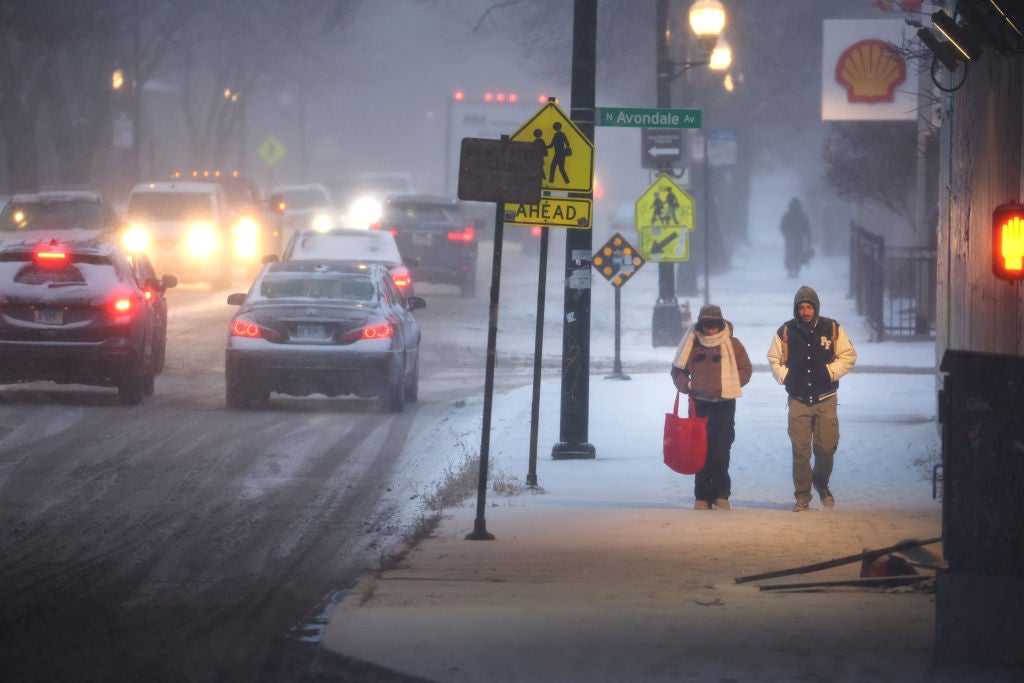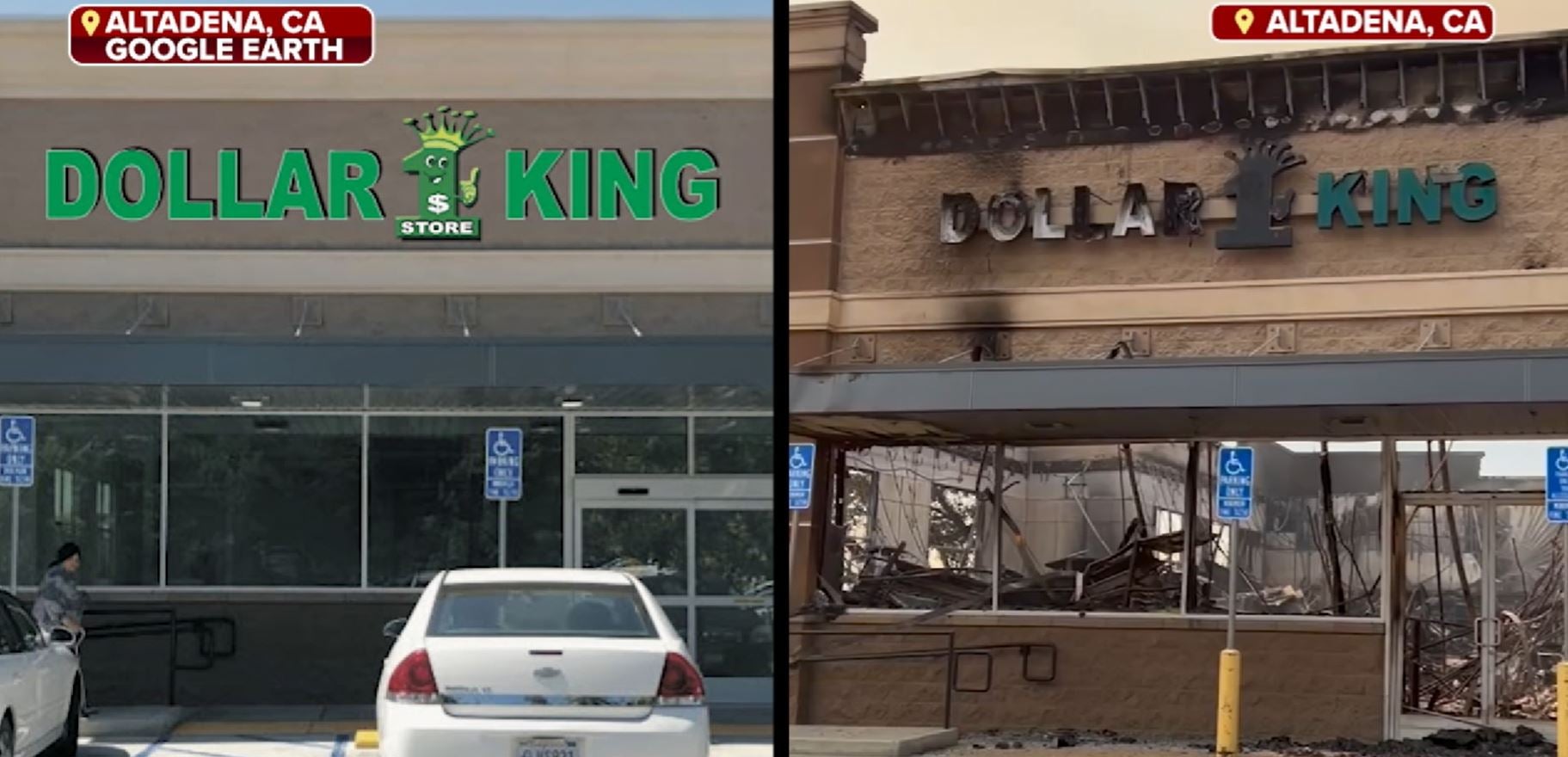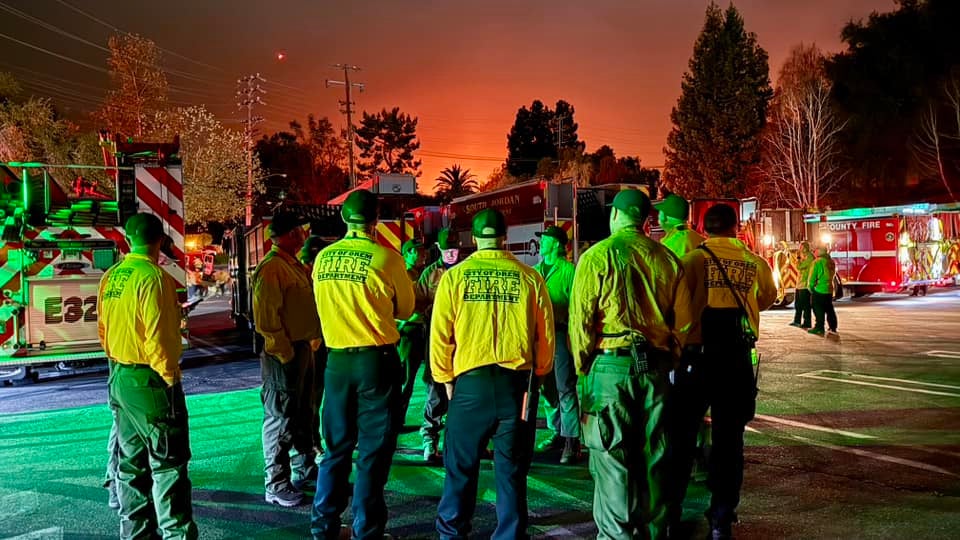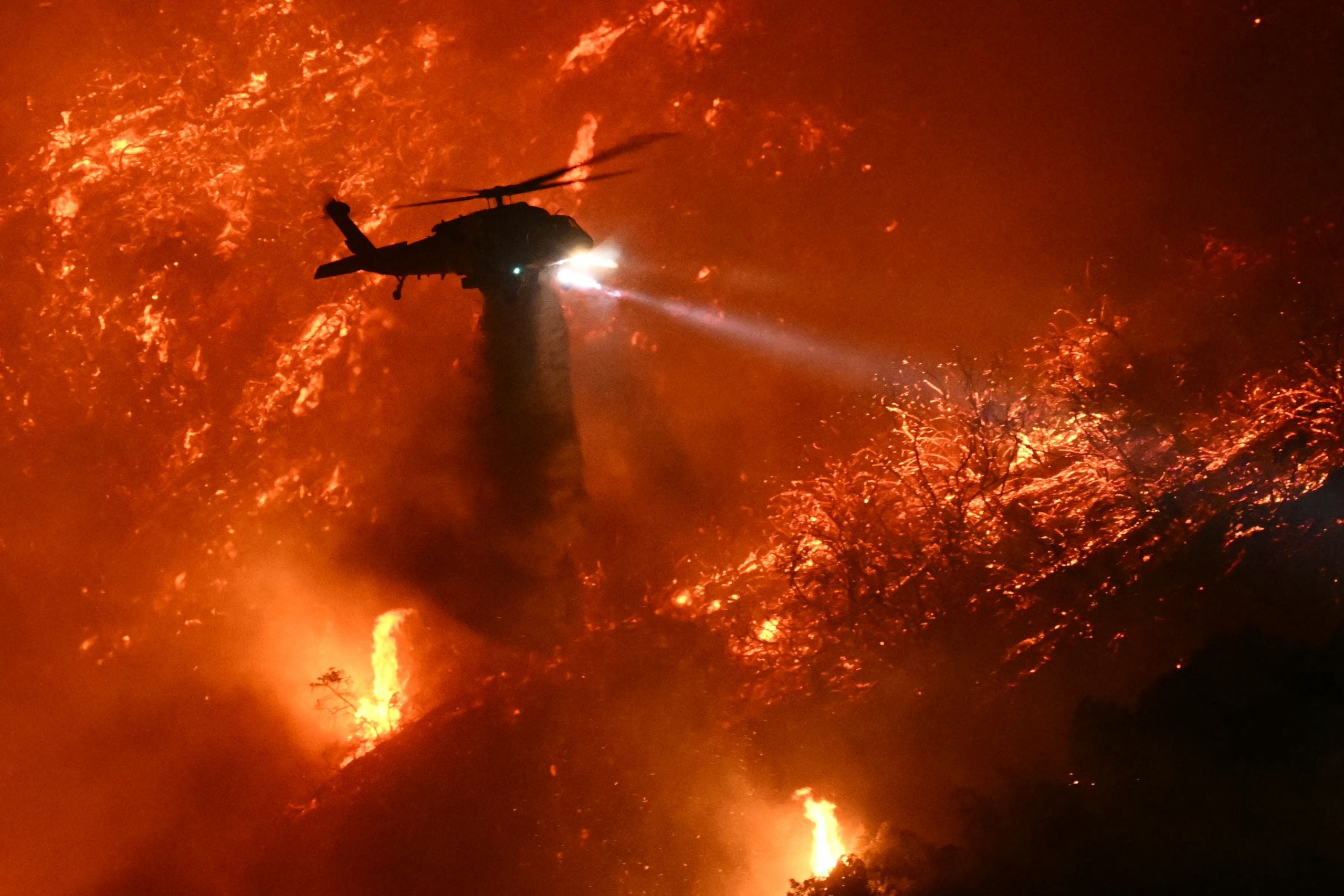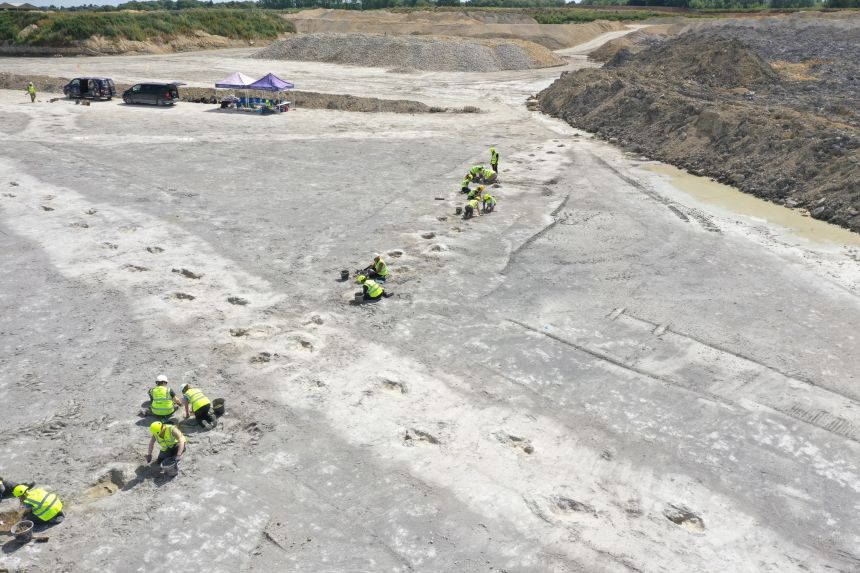One of the coldest Januarys in more than a decade, as well as geopolitical issues around the globe, have caused a spike in the natural gas market, which is expected to lead to increased costs for consumers.Since the beginning of December, natural gas prices have surged nearly 25% but are still well below levels experienced in 2022.The commodity’s availability and efficiency make it a cost-effective method of heating millions of homes and businesses across North America.NOAA forecasters expect several waves of cold air to impact the U.S. through mid-January, putting the month on track to be one of the coldest months experienced in several years.During the height of the cold weather, more than 200 million Americans are expected to see below-average temperatures, which will reach the Interstate 10 corridor and the Gulf Coast.SUMMER HEAT WAVES CONTRIBUTING TO RISE IN GAS PRICES, ANALYSTS WARNThe combination of cold temperatures and wind is expected to send real-feel temperatures to at least -20 degrees below zero, if not colder, in the Upper Midwest.Risks of both frostbite and hypothermia will be a concern for people and pets who are exposed to the elements for extended periods.Warming centers have been opened in dozens of states that are expected to see the potential for life-threatening weather.Phil Flynn, an energy market analyst and FOX Business contributor, noted that while the U.S. has abundant natural gas supplies, the country has become complacent about the demand side of the equation since it has become accustomed to anomalous warmth.”When you get a cold event like this, not only do you see record demand, but then you have the possibility of infrastructure freezing up,” Flynn told FOX Business. “They have to shut the wells down because it’s too dangerous to produce.”THE UNKNOWN SWITCH THAT YOU SHOULD CHANGE TWICE A YEAR ON YOUR CEILING FANAccording to the U.S. Energy Information Administration, about 60% of homes use natural gas for space or water heating.Colder climates generally rely on natural gas, while warmer areas of the country use electricity-reliant appliances.It is estimated that 65% of the Midwest uses natural gas for heating, which generally runs from around $80–$100 per month.Most of the country typically experiences its coldest weather of the season in January, with milder periods that start to enter the forecast in February and March.
